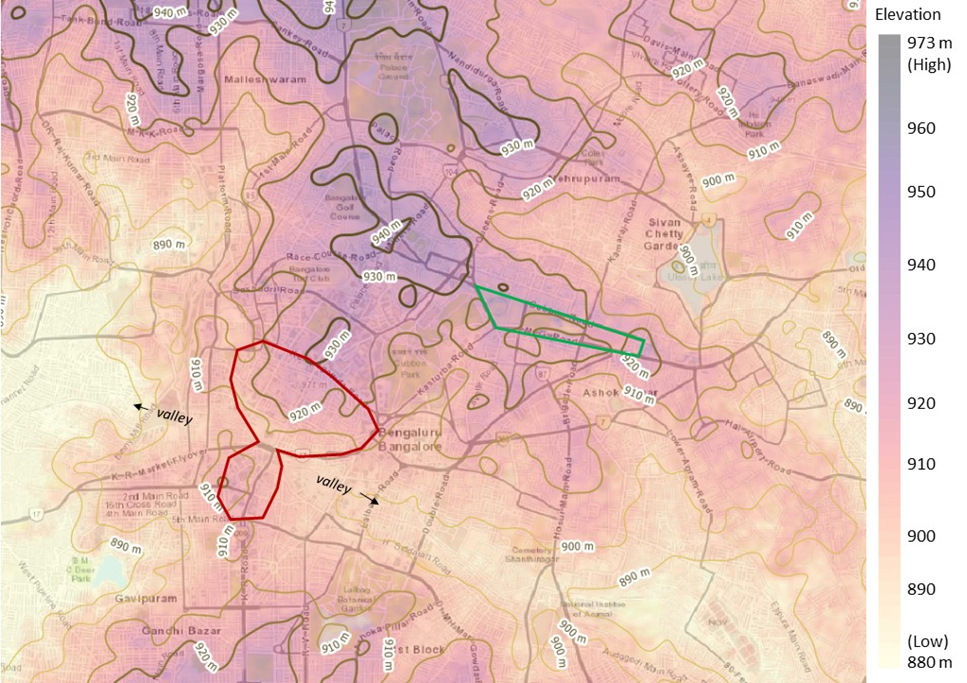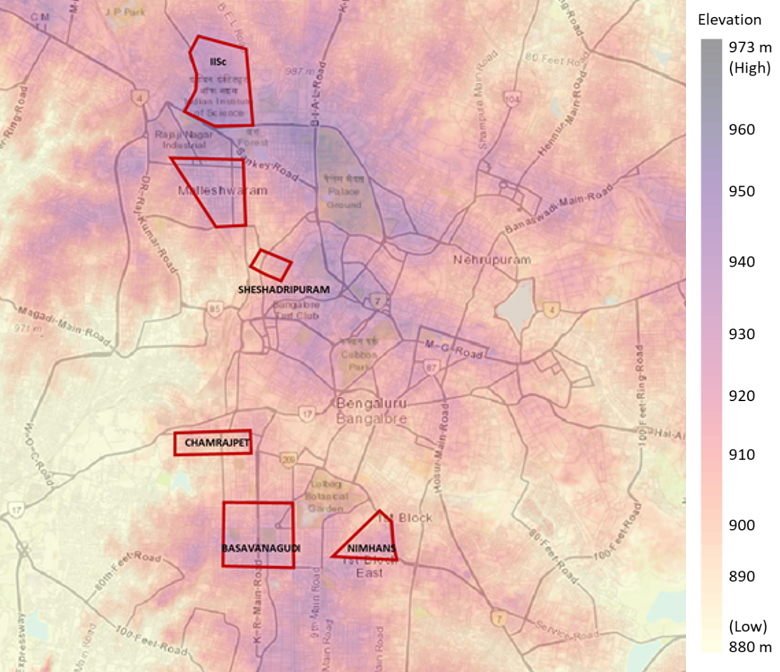Earlier today I was reading an interview in the Business Standard with Shaibal Gupta, Secretary of the Asian Development Research Institute and member of the Raghuram Rajan committee on composite development index of states. Gupta wrote a dissenting note to the report, with his main contention being the use of the Median Per Capita Expenditure (MPCE) as a measure of income to compare states rather than using the Per Capita Gross State Domestic Product (GSDP). I must state up front that I agree with the report here, and will use this post to defend my stance. Meanwhile, I must mention that one of the reasons he gave for using the GSDP (“Per capita income is taken as an indicator for this purpose by a number of institutions, including the Planning Commission and Finance Commissions.”, he said) almost made me fall off my chair.
Suppose you run a manufacturing company. Your production facility is located in Hosur, Tamil Nadu. However, for administrative convenience, and for the convenience of your top management, you have decided to headquarter your company in Bangalore, Karnataka (for the record, Hosur is just about 35 kms from Bangalore). Most of your workers live in Tamil Nadu, and draw their salaries there. Your top management gets compensated in Karnataka, and they live there. The question is how your company contributes to the economies of the two states.
From an accounting perspective, all your sales are attributed to Karnataka, for you are headquartered there. Of course, what your workers in Tamil Nadu spend out of their salaries will be accounted for in that State’s GDP but the overall sales of the company itself will be attributed to Karnataka, even though the company does next to no economic activity there. With the simple act of locating your company headquarters in Karnataka, you push up Karnataka’s GSDP while reducing Tamil Nadu’s. Some states (eg. Maharashtra and Delhi) are much more popular than others for the location of company headquarters, and they can lead to a fairly distorted figure of how much is produced in each state.
That is not all. The problem with Per Capita GSDP is that it is a mean figure, and is thus liable to be grossly affected by extreme values. Let us say we are comparing the income levels in two neighbourhoods. Neighbourhood A has 1000 people.999 of them earn Rs. 100 per month while the 1000th earns Rs. 1 crore per month. Neighbourhood B also has 1000 people but each of them earns Rs. 10000. Which neighbourhood is richer?
If you go by the mean income, the mean income of A is Rs. (999 * 1000 + 1 * 1,00,00,000)/1000 = Rs. 10999. The mean income of B is Rs. 10000. So you would say that A is richer than B. While on an average that might be true, you might notice that the number for A is skewed by the one rich guy. What this hides is the fact that 99.9% of A earn only a tenth of B’s mean income. Can we do better?
Instead of looking at what the resident of a neighbourhood makes on an average, what if we instead measure what the average person in the neighbourhood makes? In other words, what if we measure the median income in each neighbourhood? The advantage with the median is that it doesn’t get skewed by extreme values, as is likely in case of a variable such as income which usually follows a power law distribution. In our example above, the median income of A is Rs. 1000 while that of B is Rs. 10,000 which is probably a better reflection of the richness of the average resident of these two localities.
Similarly, the per capita GSDP, being a mean measure, is not a great measure for determining the richness or poorness of the people of a state. Suppose, for example, that neighbourhoods A and B are two states. Notice that A will have a much larger GSDP compared to B, and that this tells us nothing about the richness of the average resident of these two states.
Putting both above reasons together, you realize that the per capita GSDP is not a great estimator of the richness of a particular state.
So what do we use? We discussed above that median income is a much better metric than the mean income. So can we use that for measuring richness instead? While it sounds good in theory, we have a practical and accounting problem – given that a large part of the country is essentially a cash economy, it is hard to keep track of people’s incomes. Moreover, there are enough reasons to both under-report and over-report one’s income if you were to ask someone as part of a survey. For this reason, the general consensus among development economists is that total consumption expenditure is a good estimate of income among the poor, whose net savings rate is negligible.
What about the non-poor, you may ask. Notice that we are only trying to capture the expenditure of the median resident of a state, and assuming that more than 50% of a state is within an income level at which income equals consumption expenditure is fair. So the median per capita expenditure will give a good picture.
So how do we estimate this? Unfortunately, we don’t have any accounting statistics that capture this, and we need to rely on surveys. The National Sample Survey Organization (NSSO) conducts surveys on people’s consumption expenditure every five years, and this is what the Rajan committee has used. Now, you may question the wisdom of relying on sample data (rather than “population data”) to determine the richness or poorness.
The answer to that is that the median is a rather robust statistic, and as long as samples have been chosen at random, it is unlikely that the median of a sample will be too far away from the median of the population (and this is independent of the distribution of the population). We will examine the issue of sampling median in a subsequent post.
In conclusion, I endorse the decision of the Rajan committee to use the median per capita consumption expenditure as a metric for determining the richness or poorness of a state.

